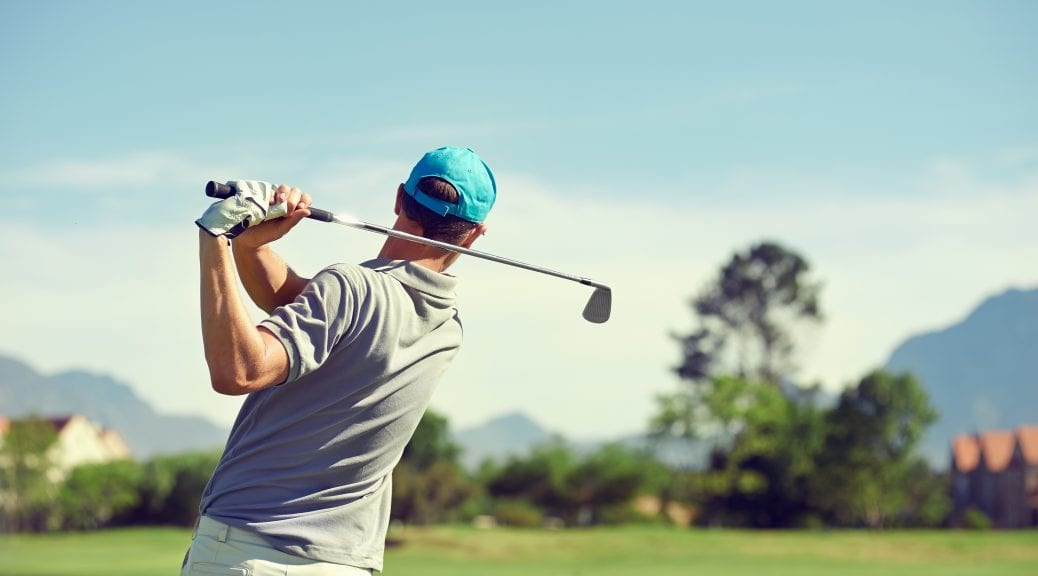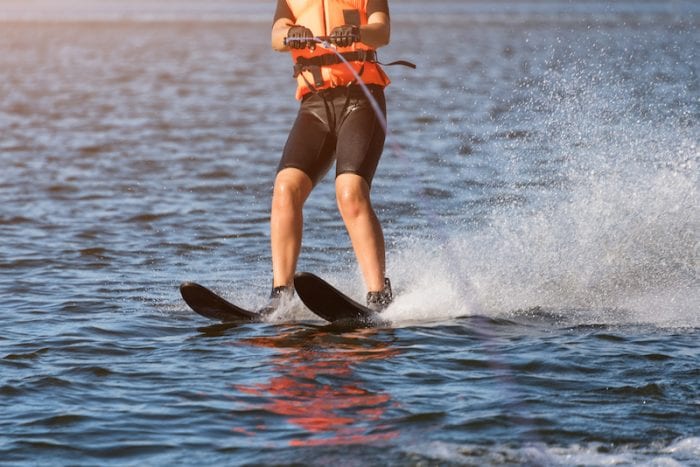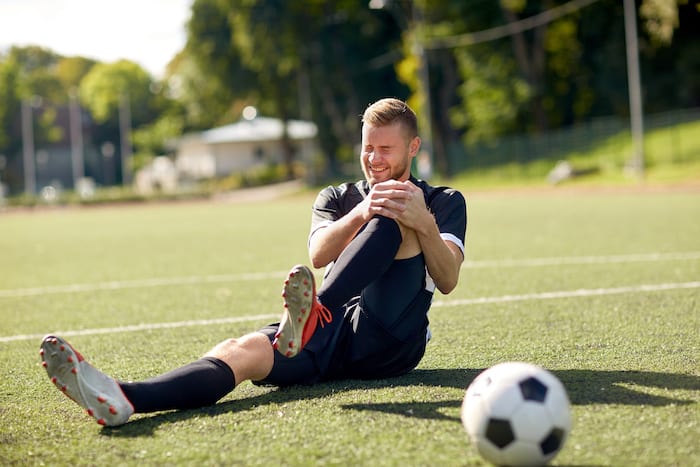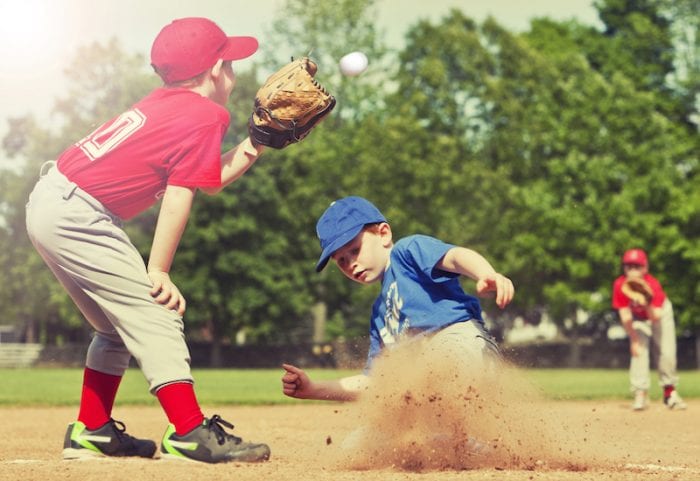For most people, the game of golf is one that is traditionally played to relax. The ability to go play nine to eighteen holes, regardless of age, can be just what you need to recharge, disconnect or even blow off some steam.
Common Golf Injuries
Whether competing with others or trying to top their previous personal best, golfers sometimes have the tendencies to overdo shots or maybe give a little more than what is actually left in the tank. This increases the risk of injury, with the shoulder being the most susceptible.
Additionally, many golfers have come to understand that one cannot become competitive or even proficient at the game without playing regularly. For those who play routinely, chronic injuries are a very real and daunting possibility. Most golf injuries are the result of muscular imbalances, overuse or poor mechanics.
Golf is unique among competitive sports in that the action of swinging the club offers relatively little risk for acute, or immediate, injuries. However, one of the areas most at risk for injury are the shoulders.
Most commonly, individuals will experience pain of the rotator cuff. The rotator cuff is a combination of four separate muscles that act to support and direct certain shoulder movements on a smaller level than muscles such as the deltoids and trapezius. As they are commonly used in movements such as throwing a ball or hitting a tennis ball, they share a similar function to stabilize and move the shoulder when hitting a golf ball.
Cartilage in the shoulder joints may also be affected by repetitive golfing as it does produce some degree of stress on the joints, especially on drives and other powerful swings. In the backward strokes, the acromioclavicular joint on the back shoulder experiences some degree of stress while the glenohumeral joints of both shoulders are stressed through varying degrees of rotation on both the backswing and front swing. This may cause shearing at the cartilage around the labrum in both shoulders, causing pain.
Tips To Avoid Shoulder Pain While Golfing
- Warm-Up
Just as a baseball pitcher or a soccer player would, it is important to warm-up all parts of the body that will be used in activity prior to starting. This may include both static and dynamic shoulder, trunk, and hip stretches in order to activate the muscles that will be worked while playing.
- Use Proper Form
Incorrect form is the most common precursor to one developing chronic injuries. Improper form often leads to compensations along the kinetic chain, forcing certain muscles to work harder to pick up the slack for others. Working with a skilled golf coach can help minimize the risk of such injuries as well as improve one’s game.
- Strengthen the Shoulder
The shoulder complex, especially the rotator cuff, should be engaged in a proper strengthening program to avoid energy. This is something common to all athletes and golfing should be no different. Specific focus should be on deceleration stabilizers at the shoulder.
- Recognize When to Seek Help
Golf is a game that is meant to be enjoyed. If your shoulder pain is preventing you from doing what you love, it is advisable that you take to you consult with your physician to figure out an approach that will get you back in the game.
We can all expect to experience a little discomfort after a long day on the course. However, when this discomfort progresses to pain and does not give way within a few days, it is time to seek counsel as soon as possible to diagnose any underlying shoulder pathologies that may be holding you back.
At Paris Orthopedics and Sports Medicine, no injury is too large or too small. Whether you are a weekend warrior or competitive athlete, our experts strive to offer solutions to treat patients and prevent injury. Call (903) 737-000 to schedule an appointment.





